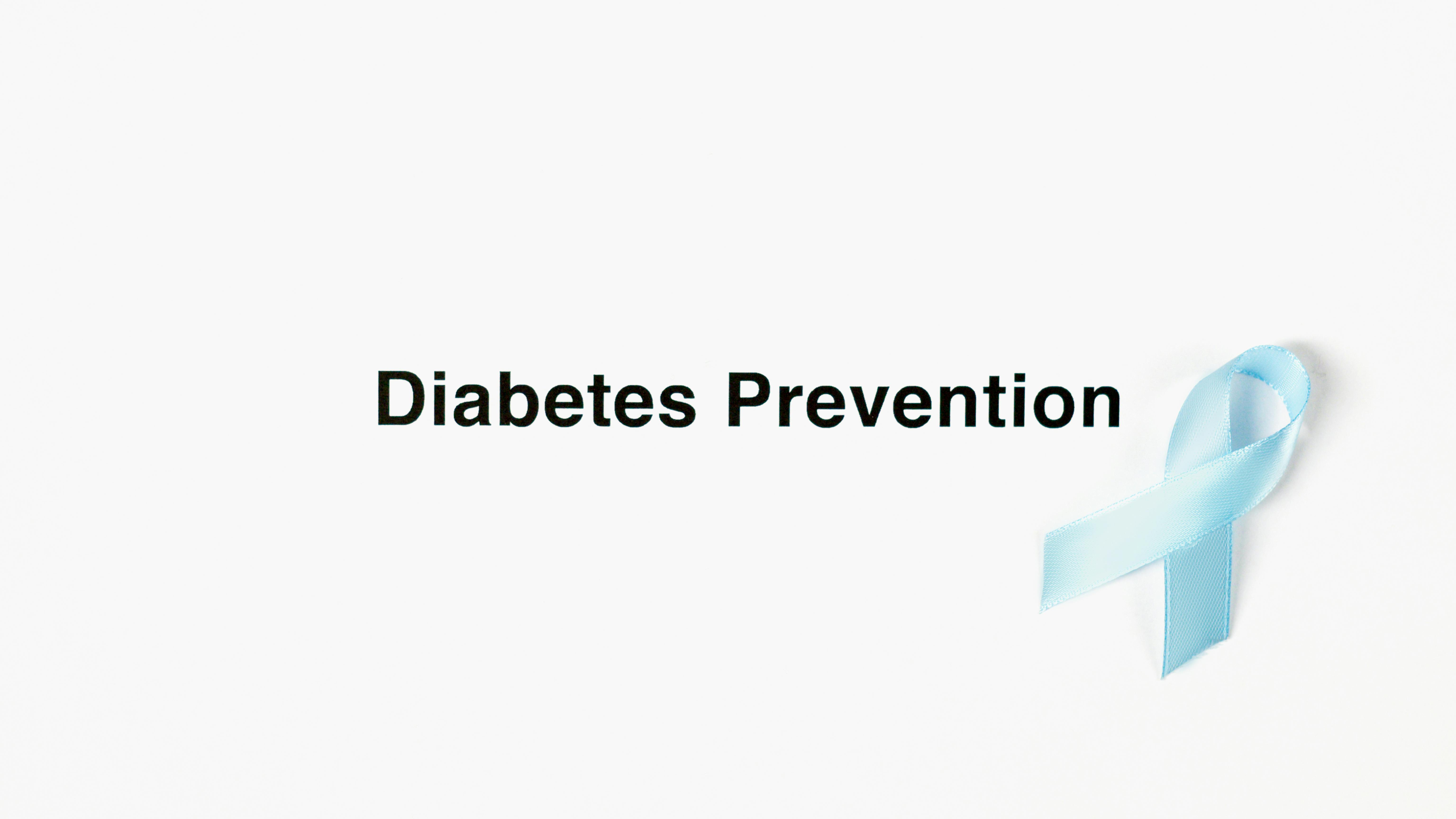How to use stories to engage and attract more readers to your articles, books, and newsletters
The best way to build your brand and establish yourself as the “go to” expert in your field is to write and distribute an ongoing series of relevant, useful and informative articles, blogs, books, newsletters, presentations and white papers. documents.
Your brand, your capital, increases every time you share information that can help your market solve their problems or achieve their goals. Every article, blog post, book, newsletter, or whitepaper enhances your visibility and provides additional proof of your expertise and understanding of your market’s needs.
The challenge
But it is not enough to distribute a continuous flow of useful and relevant information. To be successful, your messages must be read with enthusiasm and ease. Also, your market should look forward to your next delivery with nice anticipation.
The best way to attract and engage your market is to add story power to your messages. Information, by itself, can be boring. Boredom, that is, a lack of interest in your message, reduces the probability that your message will be fully read. Boredom also leads to lower retention in addition to fewer transfers and referrals.
Here are 5 simple techniques you can use to weave compelling stories around the message you want your prospects and customers to read, remember, and act on.
1. Relate to your experience
One of the best ways to engage readers is to relate the information you share to your personal experiences. To do this, you can:
- Description the circumstances in which you experienced problems similar to those your readers may be facing.
- Explore the pros and cons of the alternatives you considered, before deciding on a course of action.
- Count the steps you followed to solve the problem.
- Review the benefits you enjoyed after solving the problem or after achieving your goal.
By putting yourself in the story, you are engaging the reader’s curiosity, allowing them to “look over your shoulder” as you solved your problem or achieved your goal.
2. Case studies
Another way to add story value to relevant information is to use the case study approach to describe how others solved problems and achieved goals using the information you are about to share.
Case studies can be based on customers you’ve helped, research you’ve uncovered, or stories based on comments and questions previous readers have shared with you. Case studies can also be based on comments and questions submitted by previous readers, or posed during speeches and presentations.
Although the case study approach is most believable when it actually happened and can document the details of the story, it is also possible to create fictional composite stories based on the shared experiences of groups of people, such as different market segments you have worked in. with.
3. famous events
Every culture has its shared stories and traditions based on famous historical events, i.e. Abraham Lincoln’s Gettysburg Address, the 1930’s Depression, etc. One of the ways you can add a story is to communicate your message in the context of a historical setting, ie “How Ben Franklin Would View the Internet” etc.
Not everyone may be comfortable placing contemporary information in historical contexts, but those who are able to do so would enjoy a significant competitive advantage.
4.News
As book publishers and public relations specialists know, the best way to attract the attention of the press and readers is to relate a book to the events of the day. You can ensure more interest in your story if you can relate it to current events.
Current events, of course, don’t have to mean “today’s news.” Current events include the challenges and opportunities created by economic, environmental, and political events that take place over a period of years, even decades.
5. Imagination
Asking “What if?” It is one of the best ways to attract and retain readers. “And yes?” The questions arouse the reader’s curiosity and invite them to follow him as he explores how the information he wishes to share was handled in different circumstances.
It is one thing, for example, to list 6 ways a book can change the life of its author by opening doors of opportunity. It’s quite another thing to ask, “What happens if you finish your book or white paper and quadruple the number of clients asking for your help?”
The information is not enough
Information, by itself, leads to passive readers; and passive readers soon stop reading. To attract readers and keep them reading, your message has to appeal to a emotional level Y involve themso that they continue to actively read your article, blog, book, newsletter or white paper.
